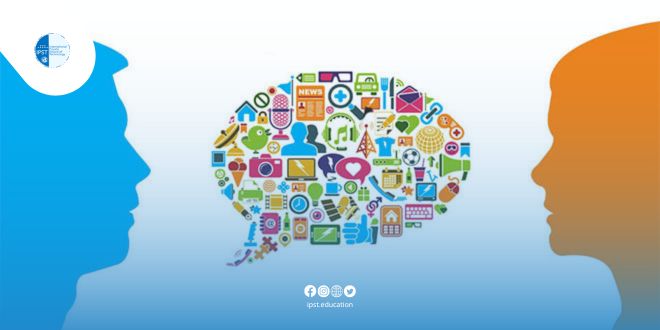In today’s era, e-learning technologies have become an essential part of the global education system. With the increasing reliance on these technologies, many are questioning the impact of e-learning on human communication skills. Does e-learning enhance communication skills, or does it lead to their deterioration due to the lack of face-to-face interaction? In this article, we will explore the impact of e-learning on human communication skills in the future.
1. Shift to Digital Communication Environments
The growing reliance on online learning platforms like Zoom, Google Classroom, and Microsoft Teams has changed the way individuals interact with one another. Instead of in-person classes or meetings, students and instructors now communicate via computer screens. This shift could reduce opportunities for face-to-face interaction, which is fundamental to building personal communication skills.
Source: EdTech Magazine – The Impact of Remote Learning on Communication Skills
2. Digital Improvement of Communication Skills
Although e-learning may reduce face-to-face interaction, it can improve digital communication skills. By using chat tools, forums, and virtual meetings, students can learn how to communicate effectively in digital environments. Additionally, the ability to express ideas through writing or voice comments may help improve writing and speaking skills.
Source: Harvard Business Review – Digital Communication Skills in the Age of Remote Learning
3. Social Isolation and Psychological Challenges
One of the biggest challenges that students may face in an e-learning environment is the feeling of social isolation. The lack of direct interaction with classmates and teachers can affect their ability to build strong social relationships, leading to a decline in social communication skills. Studies have shown that students who learn remotely may experience higher levels of stress and anxiety due to the lack of human interaction.
Source: The Conversation – Social Isolation and Learning in a Digital World
4. Opportunities to Enhance Cross-Cultural Communication Skills
On the other hand, e-learning offers opportunities to enhance cross-cultural communication skills. Through online learning, students from different countries and cultures can interact more easily, which helps in developing cross-cultural communication skills and broadening global perspectives. Technologies like real-time translation and translation apps enable students from different linguistic backgrounds to interact more seamlessly.
Source: UNESCO – Online Education and Global Cultural Communication
5. Challenges of Nonverbal Communication
E-learning limits opportunities for nonverbal communication, such as body language and facial expressions, which play a significant role in effective communication. In a digital environment, these modes of communication become more difficult, which could lead to a decline in the ability to read nonverbal cues that are crucial for human interaction.
Source: Psychology Today – Nonverbal Communication in a Digital World
6. E-Learning as a Tool for Enhancing Interaction Skills
Despite these challenges, e-learning can become an effective tool for improving social interaction skills if used correctly. For instance, through online group activities or participation in interactive forums, students can enhance their dialogue and collaboration skills, which can contribute to the development of communication skills in a directed manner.
Source: Inside Higher Ed – Collaborative Learning in a Digital Environment
Conclusion
While e-learning presents challenges, its impact on human communication skills is not straightforward. It can enhance digital communication skills and increase opportunities for cross-cultural communication, but at the same time, it can limit face-to-face interaction necessary for building strong social relationships. Ultimately, the impact of e-learning on communication skills depends on how it is used, and if integrated with interactive and thoughtful methods, it can become an effective tool for improving communication skills overall.
Sources: EdTech Magazine, Harvard Business Review, The Conversation, UNESCO, Psychology Today, Inside Higher Ed.
 International Private School of Technology المدرسة الدولية الخاصة للتكنولوجيا Private School مدرسة خاصة للتكوين المهني
International Private School of Technology المدرسة الدولية الخاصة للتكنولوجيا Private School مدرسة خاصة للتكوين المهني





